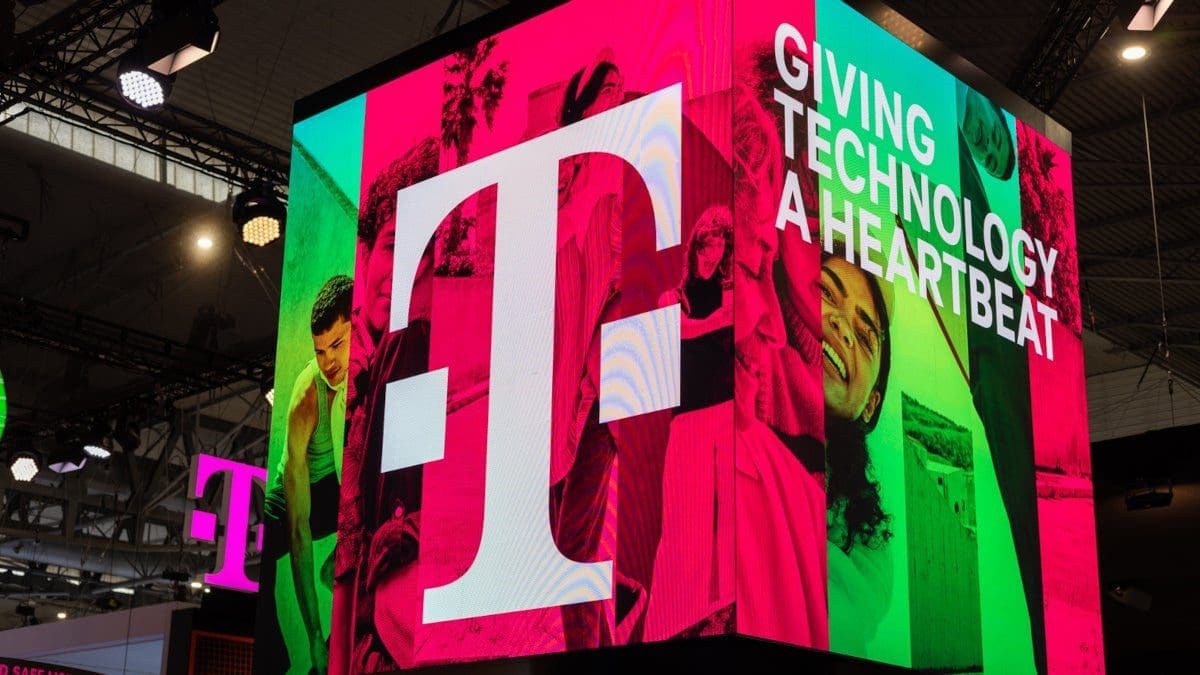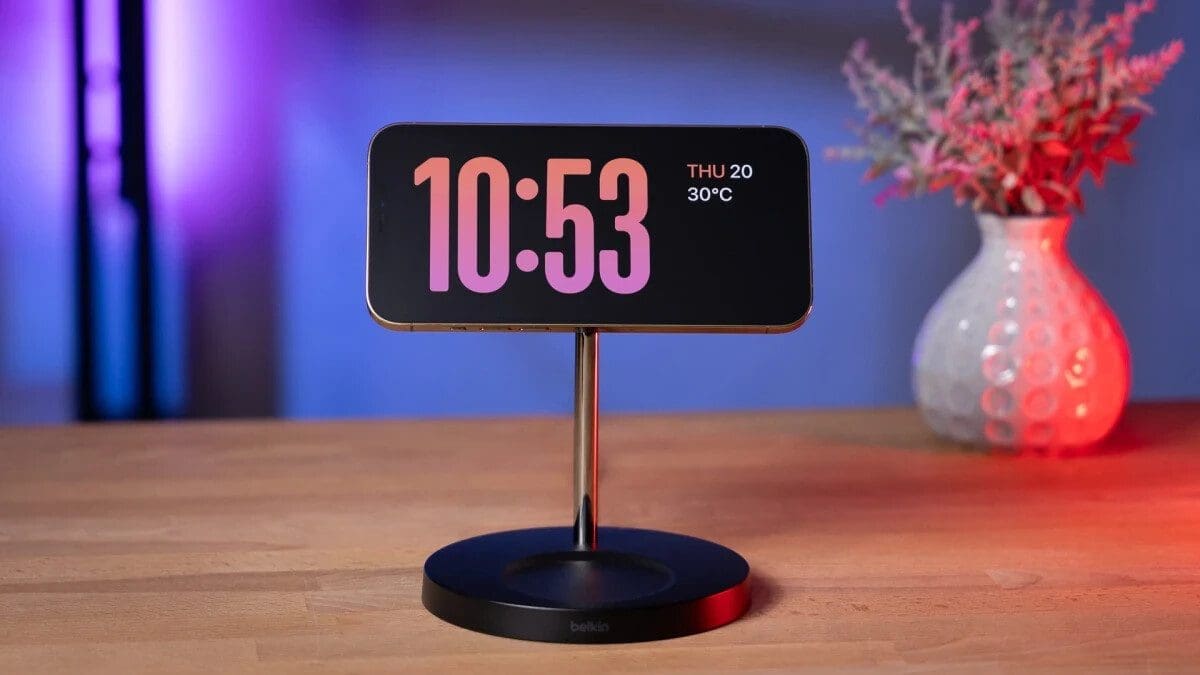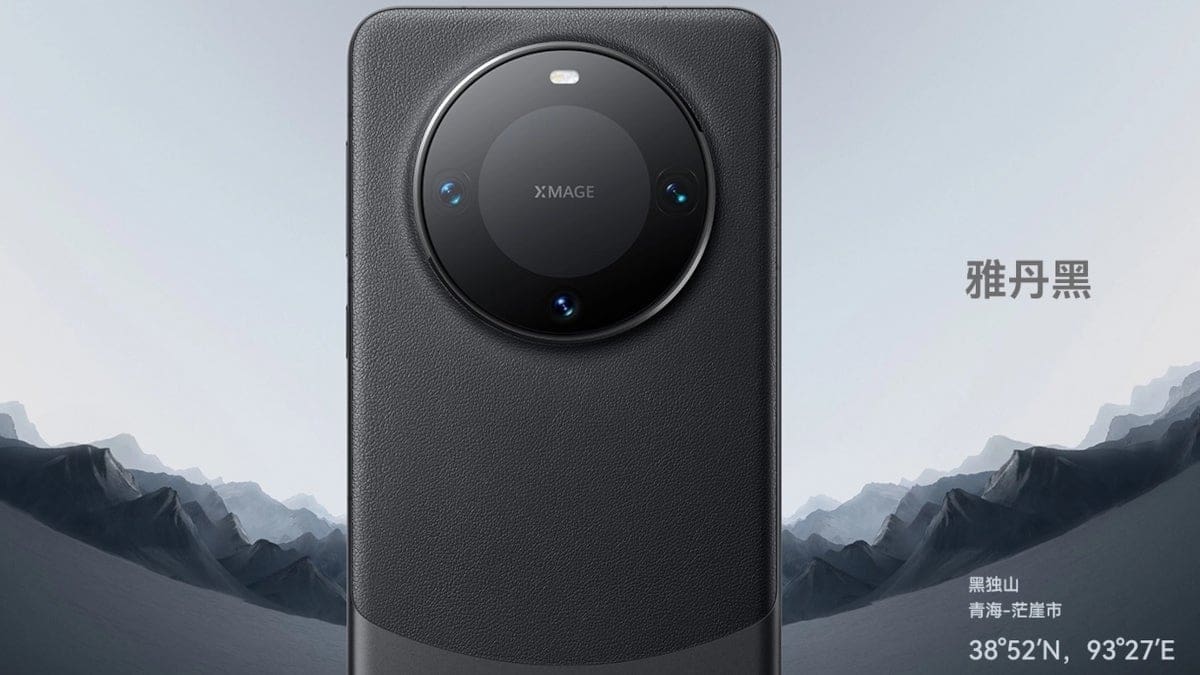Why the Pixel 8a Should Be a More Budget-Friendly Phone
There were rumors that Google was about to kill the Pixel 8a and the “A” series of Pixel phones in general, but fortunately this isn’t the case – at least if leaked live photos of the unreleased Pixel 8a are legitimate. That being said, I’d be lying if I said Google’s hypothetical decision to discontinue the Pixel “A” series of phones would have shocked me.
The reason? Just look at how similar the 2023 Pixel 7a is to the 2022 Pixel 7. The bigger head-scratcher – due to Google’s bizarre release schedule, the Pixel 7 had already dropped to $500 when the Pixel 7a launched at the same price point, making the existence of both phones extra confusing.
So, without a doubt Google must do something to set the vanilla Pixel flagship apart from the mid-range “A” series device ASAP, and while the new, higher $700 starting price of the Pixel 8 will help, I think I might have a better idea of what the Pixel 8a should represent.
Now, will this turn out to be the case? I’m not sure. But perhaps Google is a regular PhoneArena reader, and would consider my business proposal for the Pixel 9a and Pixel 10a, if not for the 8a. Because why wouldn’t the 4th highest-valued company in the world take advice from the 4th lowest-paid writer in tech?
Pixel 8a: Maybe Google’s mid-range phone should take a step back if it wants to appeal to a wider audience
Live images of the alleged Pixel 8a, expected to launch in the summer of 2024. Whether Google really considers ditching the Pixel “A” series or not, it’d be sad to see a phone, which represents such great value, leave the smartphone scene – especially in the US where there’s a shortage of awesome mid-range and budget smartphones.
But I think there’s a way to keep the best-selling Pixel lineup alive in the long-term, and the way I’d do it is to do something that’s considered unconventional in the smartphone world – make the phone cheaper, and potentially less capable on paper.
If Google’s only two options are to make the Pixel 8a more expensive, or kill the Pixel A series altogether, I’d rather them turn the Pixel A into a budget-friendly phone with less pretentious specs but at a more accessible price point.
Hey Google! Why not turn the Pixel 8a into a (more) budget-friendly phone? Was the Pixel A series a better offer when it started at $399? Turning Pixel 8a into a more budget-friendly $400 phone will help differentiate it from the Pixel 8 and avoid another “Pixel 7a vs Pixel 7”; also, this would help achieve a consistent $300 gap between all of Google’s phones – $400 for the Pixel 8a, $700 for the Pixel 8, and $1,000 for the Pixel 8 Pro
A phone with Google’s brand promise, which doesn’t cost more than $400 should be appealing to a wider range of people, especially in developing countries – we’ve already seen evidence of this with the popular (for Google’s standards) Pixel 4a and Pixel 5a
The $500-600 smartphone market has become incredibly saturated in the past couple of years, meaning the Pixel 8a and Pixel 9a will have a harder time standing out
To the question of “how would Google manage to hit a $400 price target” when trying to make a better phone than the Pixel 7a, which starts at $500-600, I’d say… they don’t need to.
The Pixel A phone can be a more affordable device, which doesn’t try too hard but nails the basics. Think of it as Android’s iPhone SE – although, I’m aware Apple’s current SE model is super dated and with poor battery life, but that’s a different story. Other than that, there’s no denying Apple’s idea of the iPhone SE is to make a basic but reliable phone at a budget-friendly price.
A $400 Pixel 8a vs a $500-600 Pixel 8a – why a cheaper Google mid-range phone might be a good idea
Hypothetical $400 Pixel 8a
- 6.1-inch, 90Hz OLED display with Corning Gorilla Glass 3
- Tensor G3 SoC + 8GB RAM
- 4,500 mAh battery with wireless charging
- Single 64MP camera system
- Plastic back (more durable, cheaper than glass)
- IP67 dust and water-resistance (pretty much identical level of protection as IP 68)
- Side-mounted fingerprint scanner (faster, more reliable)
Hypothetical $500-600 Pixel 8a
- 6.1-inch, 90Hz OLED display with Corning Gorilla Glass Victus
- Tensor G3 SoC + 8GB RAM
- 4,500 mAh battery with wireless charging
- Dual 64 + 12MP camera system with an ultra-wide-angle camera
- Glass back (less durable, more expensive than plastic)
- IP68 dust and water-resistance
- Under-display fingerprint scanner (slower, less reliable – especially in Google’s phones)
In the end, I’m well aware some enthusiasts wouldn’t agree with my “watered-down” version of the Pixel 8a, and I’d understand that. In fact, if I could, I’d also choose to use a phone with a more premium feature set.
Truth being told, the vast majority of “normal users” don’t care about the “must-have” extras we, tech nerds, consider important. For example, most people would never be able to tell you if a phone is made out of plastic or glass.
And as seen in the tablet above, I’ve tried to put together a hypothetical Pixel A series phone that not only doesn’t bring major compromises but makes smarter choices like a more reliable side-mounted fingerprint reader instead of an in-display one.
Ultimately, converting the Pixel “A” back into the $400 phone it used to be, would make it far easier to recommend. Especially considering the increasing prices of phones nowadays. And last but not least, it’d make the “just pay a bit more and get the flagship” argument less valid.
Or perhaps that’s Google’s idea of the Pixel A-series now – upselling the pricier Pixel flagship?









